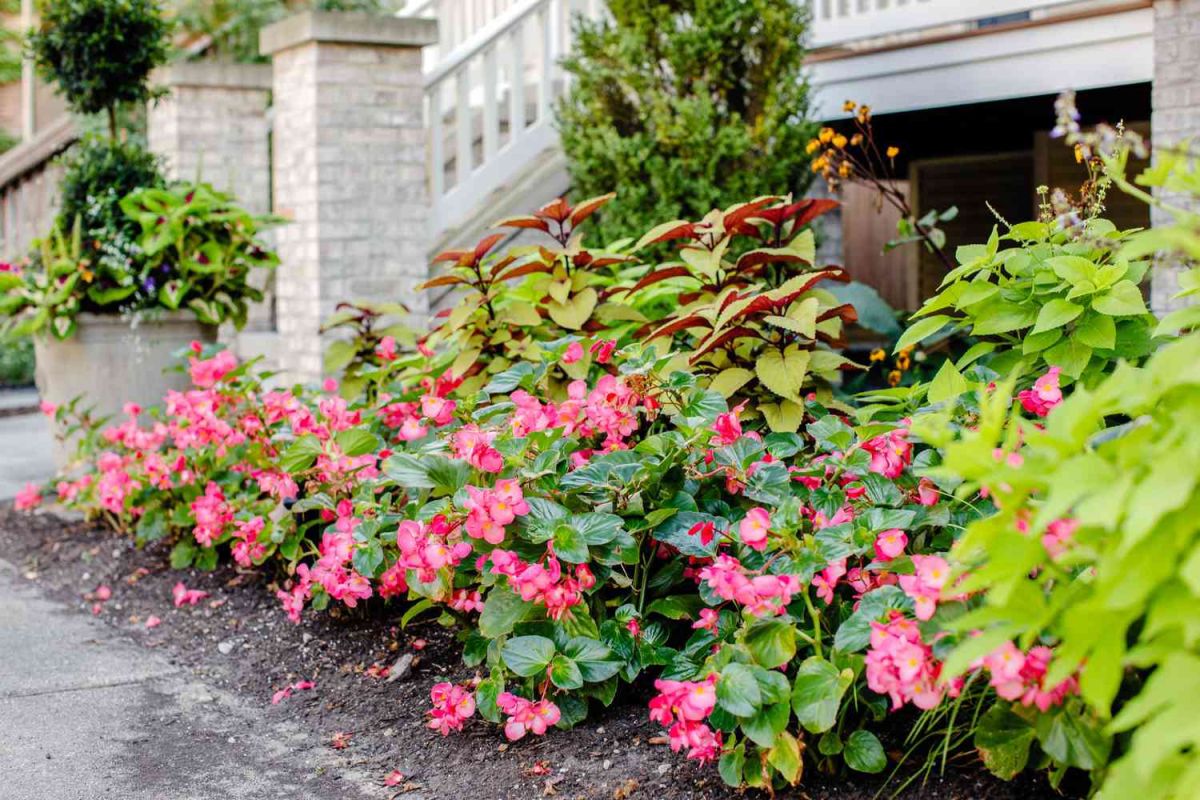Greening Up Your Space: North Side House Plants For Vibrant Indoors

North Side House Plants: The Perfect Greenery for Your Home
Adding house plants to your living space not only enhances the aesthetic appeal but also promotes a healthier environment. However, not all plants thrive in every corner of your home. If you have a north-facing room, fret not! In this article, we will explore the concept of north side house plants, how to care for them, known varieties, and provide solutions for selecting the perfect green companions for your space.
What do we mean by north side house plants?
North side house plants refer to the specific types of plants that thrive in rooms lacking direct sunlight. Compared to other areas in your home, north-facing rooms tend to have lower light levels, making it challenging for many plants to survive. However, with proper selection and care, you can still enjoy the beauty and benefits of house plants in these spaces.
How to care for north side house plants?
When it comes to caring for north side house plants, understanding their light requirements is crucial. While they don’t need direct sunlight, they still require bright, indirect light to thrive. Here are some tips to ensure their well-being:
Placement: Position your plants near windows or glass doors to maximize the available light. Avoid placing them too far from the light source, as this can lead to leggy growth and pale leaves.
Rotate: Regularly rotate your plants to ensure even exposure to light. This prevents them from leaning towards the light source and promotes symmetrical growth.
Monitor moisture: While north-facing rooms tend to be cooler, it’s essential to check the moisture levels in the soil regularly. Overwatering can lead to root rot, so allow the soil to dry out partially between waterings.
Consider humidity: Some north side house plants, such as ferns and tropical varieties, thrive in higher humidity levels. Mist them occasionally or use a humidifier to create a more favorable environment.
What is known about north side house plants?
Over time, gardeners and plant enthusiasts have discovered a range of plants that adapt well to low light conditions. These plants have specific characteristics that make them suitable for north-facing rooms. Some of the most well-known and popular options include:
ZZ Plant (Zamioculcas zamiifolia): Known for its glossy, dark-green leaves, the ZZ Plant is not only tolerant of low light but also requires minimal watering, making it perfect for those with busy lifestyles.
Snake Plant (Sansevieria trifasciata): With its striking upright leaves in various shades of green, the Snake Plant thrives in low light and has the added benefit of purifying the air.
Peace Lily (Spathiphyllum spp.): This elegant plant features lush, dark-green leaves and beautiful white flowers. It can tolerate low light conditions, but occasional exposure to brighter light will encourage flowering.
Chinese Evergreen (Aglaonema spp.): Available in different leaf patterns and colors, the Chinese Evergreen is a hardy plant that can tolerate a range of light conditions, including low light.
Pothos (Epipremnum aureum): Pothos is a trailing vine with heart-shaped leaves that comes in various shades of green. It is well-known for its adaptability and can thrive in low light environments.
Solution for selecting the perfect north side house plants
Choosing the right north side house plants for your space depends on several factors, including your personal preferences and the specific conditions of your room. Here are a few steps to help you make an informed decision:
Assess lighting conditions: Observe the amount of available light in your north-facing room throughout the day. This will give you an idea of how much natural light your potential plants will receive.
Consider plant size: Determine the size of plants you prefer and assess the available space in your room. Some north side house plants are compact, making them suitable for smaller areas.
Research plant characteristics: Look for plants that are known to thrive in low light conditions. Consider their care requirements, such as watering frequency, temperature preferences, and humidity tolerance.
Personal preference: Choose plants that align with your aesthetic preferences. Whether you prefer colorful foliage or plants with unique textures, there is a variety of options to suit your taste.
Seek expert advice: Consult with local garden centers or plant experts who can provide recommendations based on your specific needs and the climate of your region.
By following these steps, you can select the perfect north side house plants that will not only survive but thrive in your north-facing room, adding a touch of natural beauty to your living space.
Additional Information
North side house plants not only enhance the visual appeal of your home but also offer numerous benefits. They help purify the air by removing toxins, increase humidity levels, and even reduce stress. However, it’s essential to remember that each plant has unique care requirements, including watering, fertilizing, and temperature preferences. Be sure to research and understand the needs of your chosen plants to ensure their long-term health.
Conclusion
In conclusion, north side house plants provide an excellent opportunity to introduce greenery and natural beauty to rooms lacking direct sunlight. By selecting suitable plants and providing them with the right care, you can create a thriving indoor garden in your north-facing space. Remember to assess lighting conditions, consider plant characteristics, and seek expert advice when needed. With the right choices and care, your north side house plants will bring life, freshness, and aesthetic appeal to your home.
FAQs about North Side House Plants
1. Can north side house plants survive in completely dark rooms?
No, north side house plants still require some level of light to thrive. Completely dark rooms may not provide enough light for plants to survive. Consider using artificial grow lights or selecting plants that can tolerate extremely low light conditions.
2. Do all north side house plants have similar care requirements?
No, different plants have varying care requirements. While most north side house plants have adapted to low light conditions, they may differ in terms of watering frequency, humidity preferences, and temperature tolerance. Research each plant’s specific needs for optimal care.
3. How often should I rotate my north side house plants?
It is generally recommended to rotate your north side house plants every two to four weeks. This prevents them from leaning towards the light source and promotes balanced growth.
4. Can I grow flowering plants in north-facing rooms?
Yes, some flowering plants, such as the Peace Lily, can thrive in north-facing rooms. While they may not bloom as frequently as they would in brighter light conditions, occasional exposure to brighter light can encourage flowering.
5. Can I use artificial lighting for north side house plants?
Absolutely! If your north-facing room doesn’t receive sufficient natural light, you can supplement it with artificial grow lights. LED grow lights are an excellent option as they provide the necessary light spectrum for plant growth without generating excessive heat.

I am a beginner writer who continues to learn and consistently creates informative articles to express the ideas that I master.